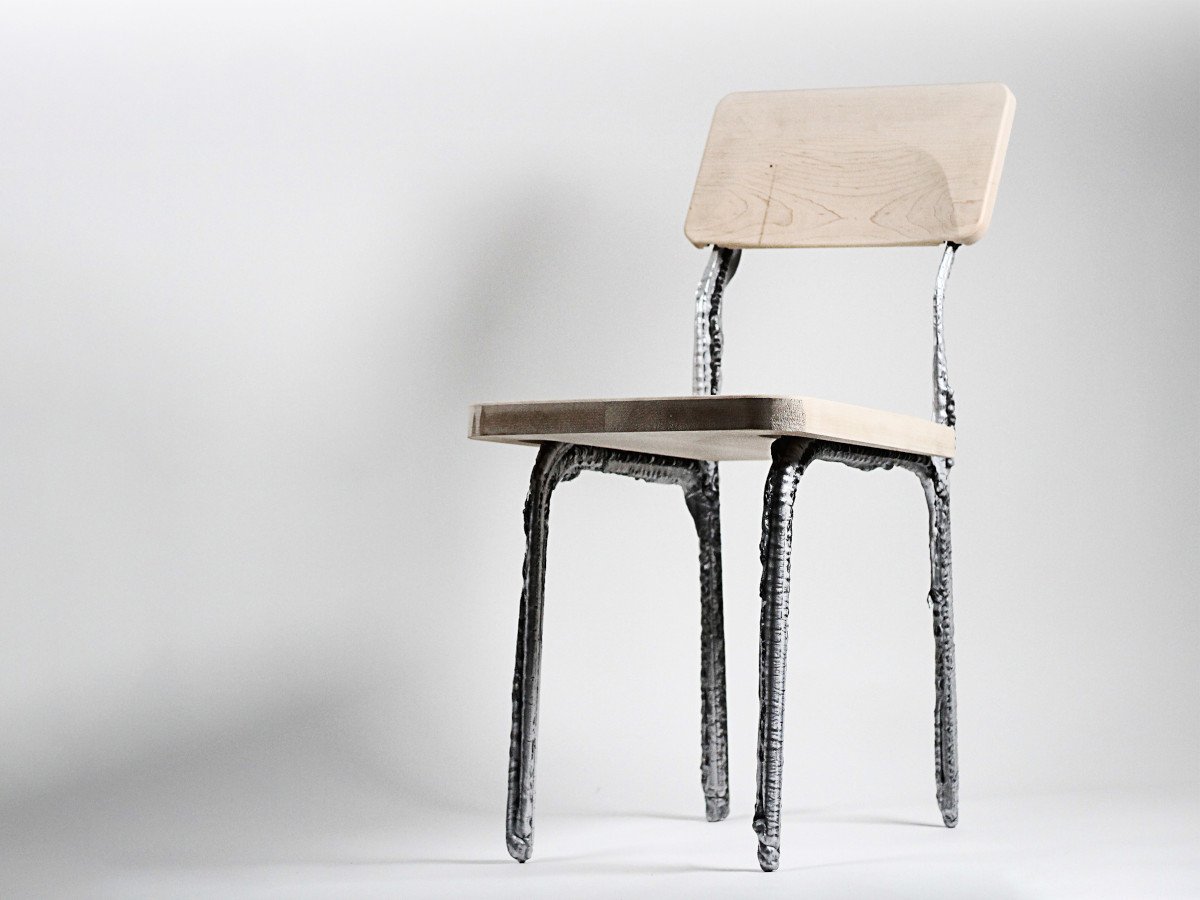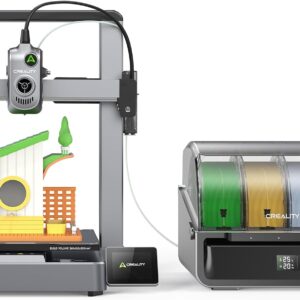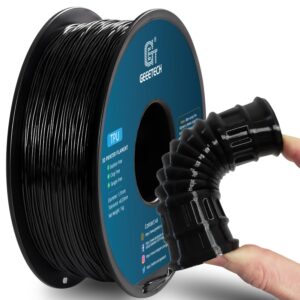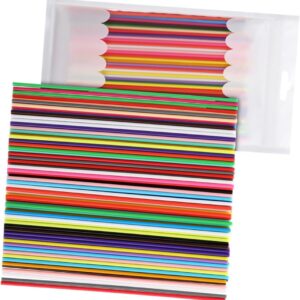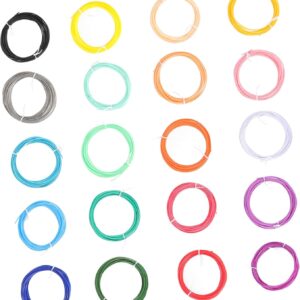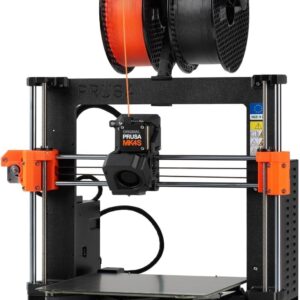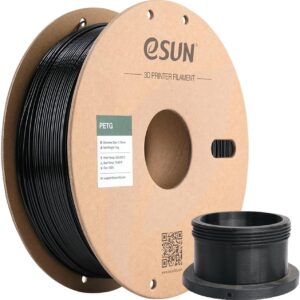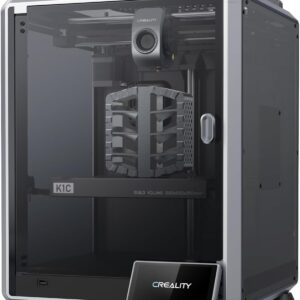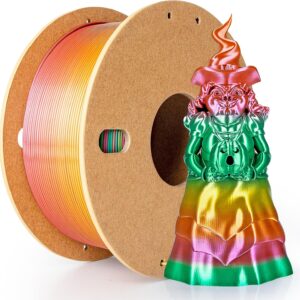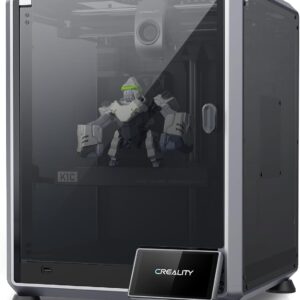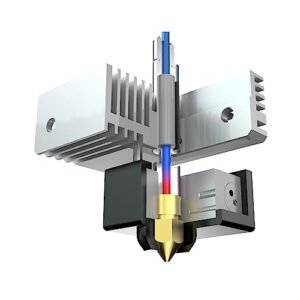Not just pipes, ship models and D&D figures. Researchers at MIT have developed components to gradually produce metal parts using 3D printing.
They use aluminum for this. The metal is relatively light, widely available, has a comparatively low melting point, is easy to recycle and is sufficiently stable for demanding applications.
The 3D printer is not yet really suitable for home use. A block of aluminum the size of a loaf of bread is melted at 700 °C (1,300 °F) in an oversized, electrically powered toaster. The temperature is just above the melting point of the light metal.
Numerous test runs were necessary to obtain the desired shape. After graphite or various salts proved unsuitable, the printing form now consists of 100 micrometer glass beads.
This material can be shaped into any shape and can withstand molten aluminum. The search for a printing nozzle is said to have been similarly difficult, as the extremely high temperature of the liquid metal destroys or at least deforms almost everything. In the end, only ceramic remained for consistently satisfactory printing results.
Some positive aspects for practical application have already been achieved. Once the aluminum has melted, the printing speed is said to be surprisingly high. And in addition to the frame of a chair and various special shapes, aluminum frames in particular were printed.
These are strong enough to be milled and drilled for further processing. The chair should also have the desired stability.
This printing process should therefore be able to produce beams and other elements with high strength. Of course, the visual appearance should play a subordinate role.
The further prospects of the technology are still a dream of the future: collected metal scrap is melted down directly and given the desired shape in the printing process. A small post-processing is then carried out. That’s it. Recycling on site and in just a few steps. The prospect is definitely exciting.
I have been using computers and an Intel 8086 since 1989. I also remember the Internet before college and university networks were replaced by corporate and social media. The fascination for the technical leaps and social effects never left me. In particular, I’m most interested in the classic PC – and hardly less in the laptop, where the components have to make do with little space and power. It only seems logical that I have been writing technical guides and product presentations since 2015. My physics degree provides the necessary basic knowledge and understanding of connections.
